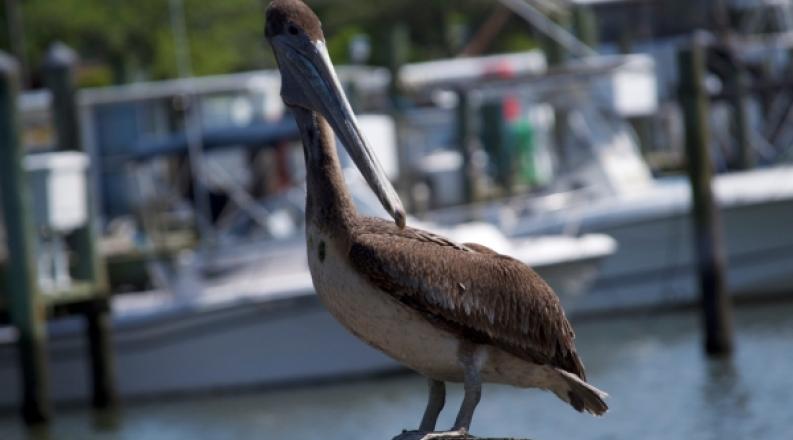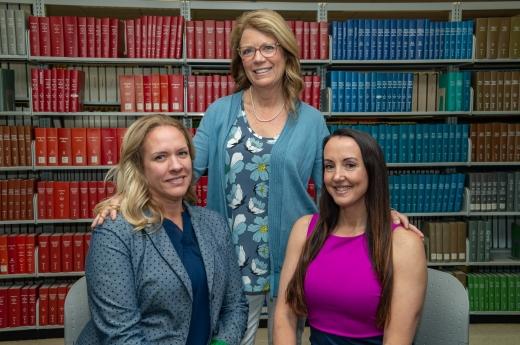It's no secret Norfolk is on the front lines of sea level rise.
"This is ground zero," said Tom Allen, professor of geography at Old Dominion University.
And now, ODU faculty and students will be able to study and learn about adaptation and resilience right outside their doors.
The University's Institute for Coastal Adaptation and Resilience (ICAR) will be housed at 46th Street and Colley Avenue, directly across from what will be the Elizabeth River Project's Pru and Louis Ryan Resilience Lab.
The groundbreaking for the $8 million Ryan facility, which will be a living laboratory and learning park designed to help urban coastal communities adapt to climate change and rising seas, was held May 18.
With ICAR co-locating across the street at a building owned by the ODU Research Foundation, it will also be a fertile learning ground for ODU researchers and students.
"The research possibilities are truly endless, and I cannot wait for the completion of this project because it is an important step forward for the community," ODU President Brian O. Hemphill, Ph.D., said at the groundbreaking, which featured a twist.
Instead of the customary groundbreaking gold shovels, organizers released three rehabilitated brown pelicans into the river.
The learning park will include a Hampton Roads Sanitation District Research Dock where ODU faculty plan to study bird usage and analyze the effectiveness of living shorelines.
The Brock River Room will host ongoing workshops and events with partners, including ODU.
"ODU and the Elizabeth River Project already have educational relationships, and now that we're literally across the street, it will allow us to pursue a lot more informal education and partnerships," said Wie Yusuf, professor of public service at ODU and assistant director for education at ICAR.
"We are excited about the opportunities to share facilities and access with Elizabeth River Project," said Jessica Whitehead, Joan P. Brock Endowed Executive Director of ICAR. "The renovation this summer will get us into the ICAR building, but long term we will look for ways to complement the Ryan Resilience Lab's new building by demonstrating how to retrofit existing buildings for flood resilience."
Located along a section of Knitting Mill Creek where flooding is a recurrent issue, the resilience lab will serve as an example of how to live with - and not against - the water.
Builders will use sustainable techniques and commonly found materials that average residents and business owners could access and reuse, including rain barrels and gray water - relatively clean wastewater from baths, sinks, washing machines and other kitchen appliances.
Using the nation's first "rolling conservation easement," the Elizabeth River Project plans to remove the lab when water levels reach a trigger point.
"We know that it may not be sustainable 100 years down the road, but in the interim, this is where we live," Yusuf said. "Recognizing the issue of sea level rise doesn't mean we can't build, we just have to keep this in mind when designing."
Allen said the direct waterfront access, where they can store a boat, flood sensors and other research equipment, is a huge asset.
"We have the Elizabeth River, but it's a very busy, high-traffic place," he said. "This is a more typical estuary environment where a lot of us live. It's going to be a great location for a microcosm of instruction and research."
Construction will begin in June and is expected to continue for eight to 12 months.






